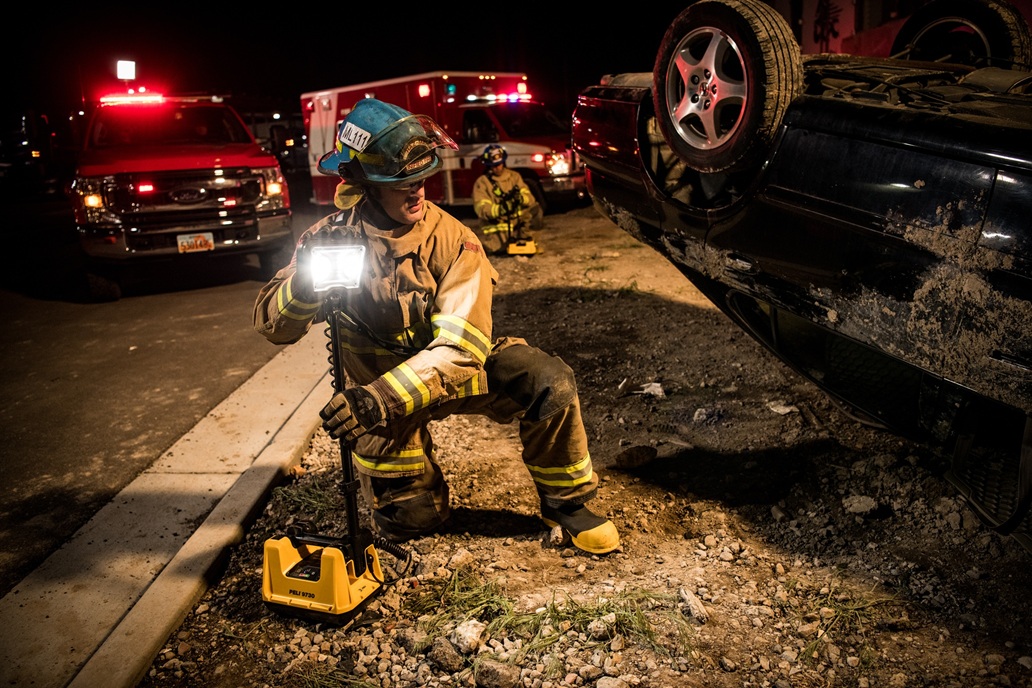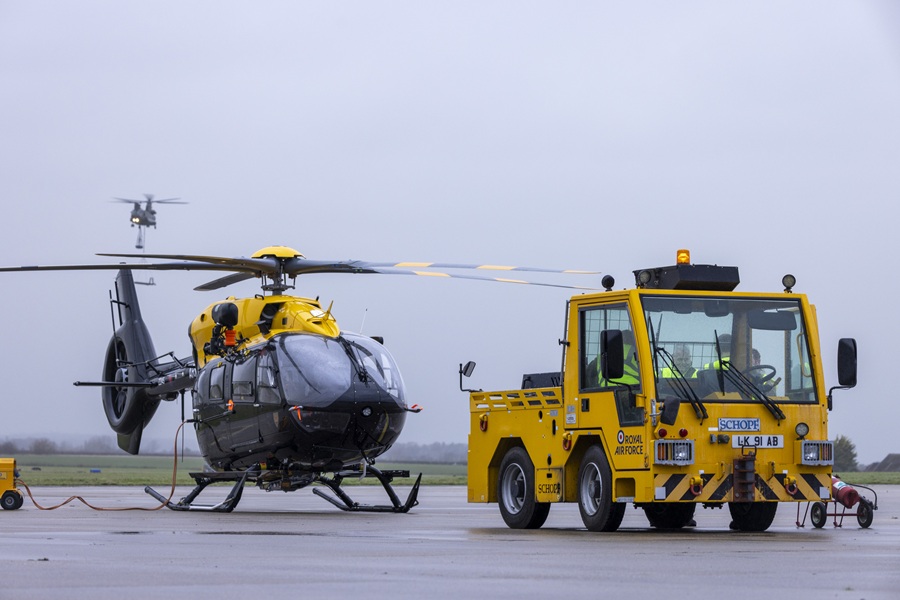Williams developing troop protection with Dstl and DASA
Williams Advanced Engineering, the engineering and services business from the Williams Group (that also includes the ROKiT Williams Racing Formula One Team), is a specialist in lightweight materials and structural solutions. The company has developed patent-pending composite technologies and processes enabling the creation of strong, protective but lightweight structures.
.jpg)
Williams sees huge potential in implementing its proprietary composite technology in the DASA ‘Take Cover’ competition. This competition calls for innovative approaches to battlefield protective structures and is the company’s first submission and successful bid to DASA. Williams believes that its proposal will enable the UK Ministry of Defence (MoD) to become a leader in implementing advanced composite materials across all of its operational activities using a British-born innovation.
“Lightweighting is a key principle of motorsport and the use of carbon fibre has been crucial to the ongoing development of racing and on into more mainstream applications,” said Craig Wilson, Managing Director of Williams Advanced Engineering. “To think that innovations from the team here at Williams Advanced Engineering can deliver enhanced, lighter protection for the Armed Forces is a great feeling for us. We look forward to working with Dstl and DASA to enable deployment of our technology by service personnel for their protection.”
.jpg)
Williams’ proprietary composite technology allows innovative approaches to the use of fibre-reinforced polymer and unlocks the use of composites for modular structures, allowing for the integration of varying levels of protection depending on the requirement.
Dr Adam Staines DASA Delivery Lead said: “DASA was created to find and fund exploitable innovation for defence and security. Key for this mission is wider engagement with non-traditional suppliers across a range of industrial sectors. Accessing cutting-edge technology developed initially for Formula One is a prime example of this engagement. Lightweight foldable materials which can be assembled quickly to provide protection for troops was a key aim of this DASA themed competition. In addition to protecting troops and saving lives on the battlefield this technology has potential uses for domestic security and humanitarian applications.”
On the battlefield, minimising the weight of equipment is essential, reducing the logistic burden as well as the burden on the individual. This extends to items such as temporary structures which must often be carried and set up by troops in challenging environments. That the material properties of composite technologies offer significant mass advantage over traditional materials such as steels and other alloys is widely-known, but issues surrounding production tooling, ease of handling and cost have constrained composites to low-volume high-performance applications.
This was the driving factor behind Williams Advanced Engineering developing an innovative new composites technology to revolutionise applications where rapid manufacture, ease of assembly and low cost are essential. With an extensive history of composite innovation in motorsport, aerospace and automotive sectors, Williams was well placed to develop this technology. Now, Williams is looking to showcase this technology in defence, where the benefits can be realised for reducing logistic and physical burden, as well as enabling lightweight and modular infrastructure solutions.
Current temporary structures used on the battlefield traditionally use materials such as corrugated iron, sandbags and mechanical fasteners. Typically, this will lead to difficulties surrounding transportation and on-the-ground deployment, due to the weight and volume of parts needed. Furthermore, the mechanical properties, such as the specific strength, of corrugated iron are in many ways significantly lower than an equivalent piece made of continual glass fibre-reinforced polymer. This demonstrates that the efficacy of structures used on the battlefield can be improved through the introduction of more advanced materials, which will also reduce the number of parts and volume of components.
Due to the ability for composite technologies to implement various fibre types in the lay-up, structures can be optimised to suit the environments in which they are used. Performance against threats such as blast, fragmentation, ground shock, or thermal detection may be enabled through the utilisation and integration of various fibre types, for example glass fibre, carbon fibre, aramid and IR absorbing materials.












